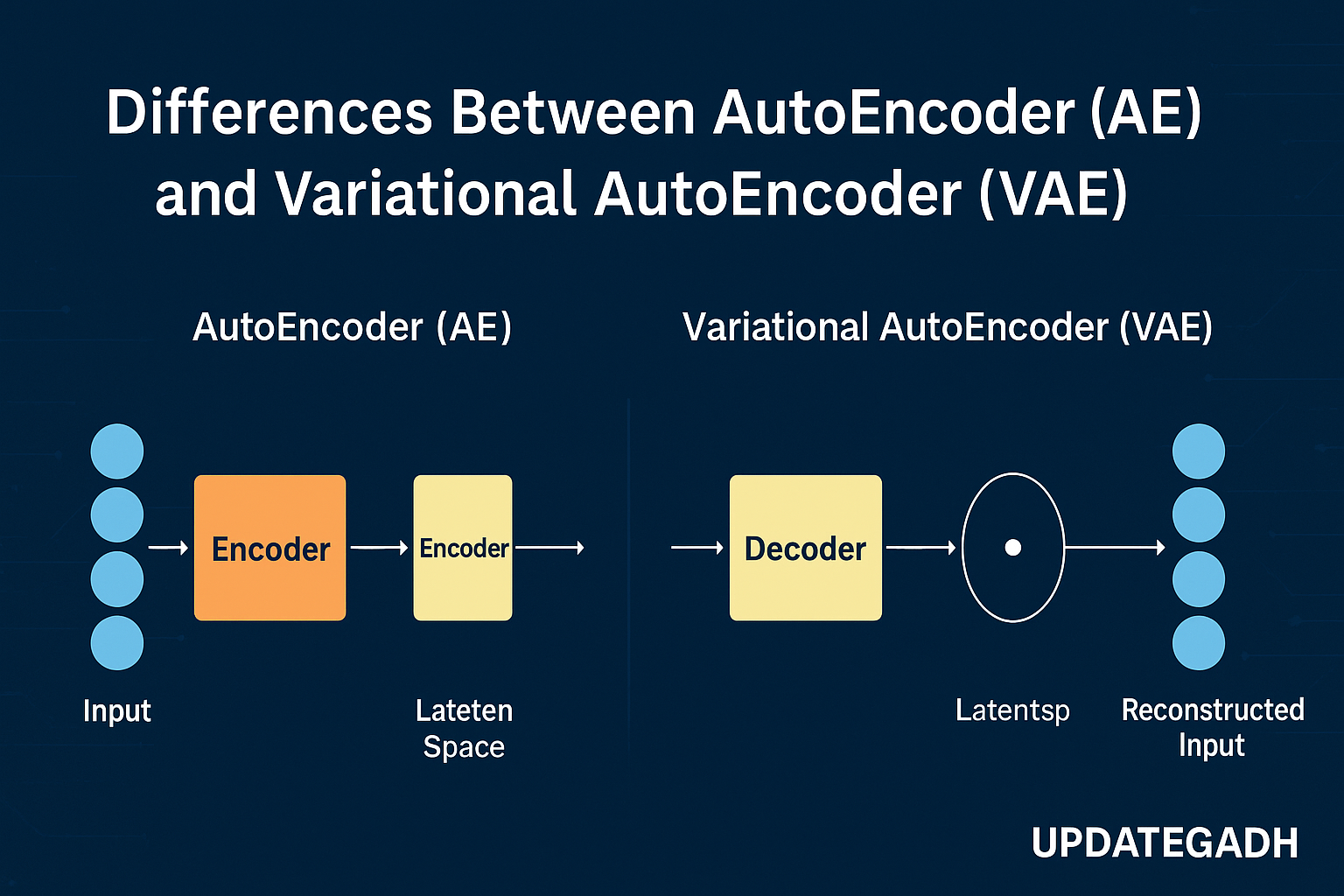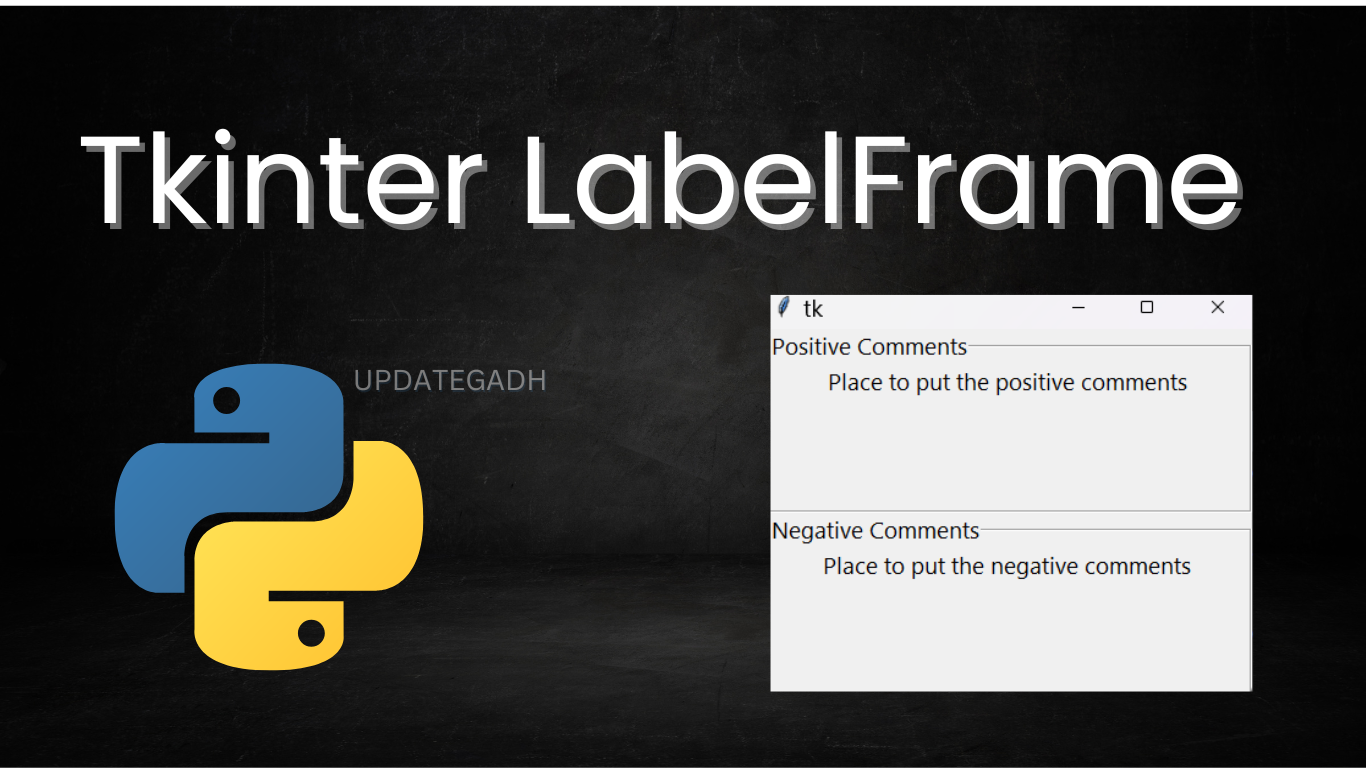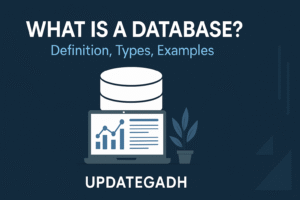

Tkinter PanedWindow: A Guide to Resizable Layouts in Python
Tkinter PanedWindow
When designing user interfaces in Python with Tkinter, the PanedWindow widget provides a flexible way to create resizable layouts. It acts as a container for child widgets (panes) arranged either horizontally or vertically, with the ability for users to resize them by dragging the separator lines known as sashes.
Each pane can contain only one widget, making PanedWindow ideal for split views or adjustable UI components in Python applications.
Complete Advance AI topics:- CLICK HERE
SQL Tutorial :-Click Here
Syntax for Using PanedWindow
w = PanedWindow(master, options)
Here, master refers to the parent widget, and options define various properties of the PanedWindow.
Options in PanedWindow
Below is a list of possible options you can use to customize the PanedWindow widget:
| SN | Option | Description |
|---|---|---|
| 1 | bg |
Sets the background color when the widget doesn’t have focus. |
| 2 | bd |
Defines the 3D border size. Default: 2 pixels. |
| 3 | borderwidth |
Specifies the border width. Default: 2 pixels. |
| 4 | cursor |
Changes the mouse pointer type when hovering. |
| 5 | handlepad |
Distance between the handle and the end of the sash. Default: 8 pixels. |
| 6 | handlesize |
Size of the handle. Default: 8 pixels (always square). |
| 7 | height |
Height of the widget. If not specified, it is set based on child widgets. |
| 8 | orient |
HORIZONTAL for side-by-side panes, VERTICAL for top-to-bottom panes. |
| 9 | relief |
Type of border. Default: FLAT. |
| 10 | sashpad |
Padding around each sash. Default: 0. |
| 11 | sashrelief |
Border style around the sash. Default: FLAT. |
| 12 | sashwidth |
Width of the sash. Default: 2 pixels. |
| 13 | showhandle |
Set to True to display handles. Default: False. |
| 14 | width |
Width of the widget. If not specified, it is determined by child widgets. |
Methods Associated with PanedWindow
Here are the key methods used with PanedWindow:
| SN | Method | Description |
|---|---|---|
| 1 | add(child, options) |
Adds a child widget to the PanedWindow. |
| 2 | get(startindex, endindex) |
Retrieves text from the specified range. |
| 3 | config(options) |
Configures the widget with new options. |
Example: Implementing a Simple PanedWindow in Tkinter
Here’s a Python example demonstrating the PanedWindow widget:
# !/usr/bin/python3
from tkinter import *
def add():
a = int(e1.get())
b = int(e2.get())
result = str(a + b)
left.insert(1, result)
w1 = PanedWindow()
w1.pack(fill=BOTH, expand=1)
left = Entry(w1, bd=5)
w1.add(left)
w2 = PanedWindow(w1, orient=VERTICAL)
w1.add(w2)
e1 = Entry(w2)
e2 = Entry(w2)
w2.add(e1)
w2.add(e2)
bottom = Button(w2, text="Add", command=add)
w2.add(bottom)
mainloop()
Output:

Machine Learning Tutorial:-Click Here
Conclusion
The Tkinter PanedWindow widget is a powerful tool for creating dynamic and adjustable layouts in Python applications. Whether you’re building file explorers, split views, or resizable UI components, PanedWindow simplifies the process. Understanding its options and methods helps in crafting intuitive and user-friendly interfaces.
Start experimenting with PanedWindow today and elevate your Python GUI development!
For more Python GUI tutorials, stay connected with UpdateGadh—your go-to place for professional and in-depth programming insights.
ttk panedwindow example
tkinter scrollbar
tkinter frame
which of the following statements is true about tkinter labelframe?
tkinter notebook
tkinter fonts
tkinter widgets list
tkinter button
tkinter spinbox
ttk panedwindow
tkinter panedwindow example
tkinter panedwindow github
tkinter panedwindow tutorial



















Post Comment